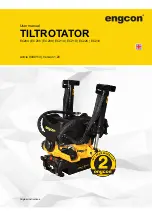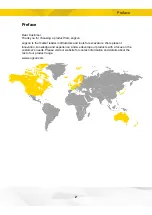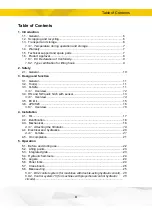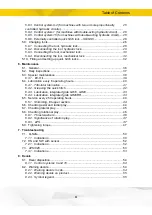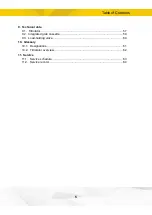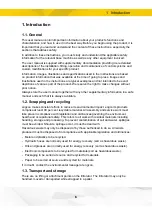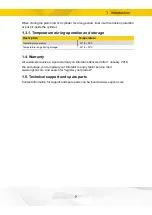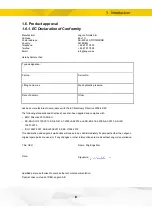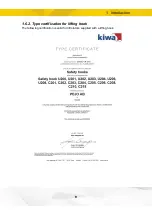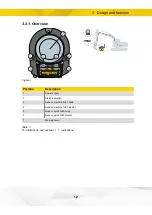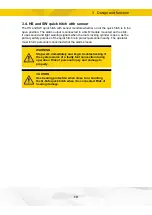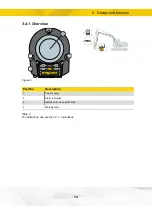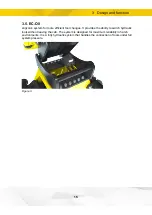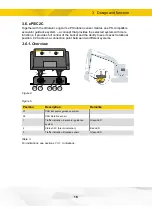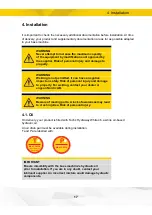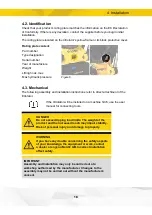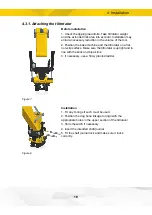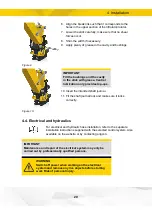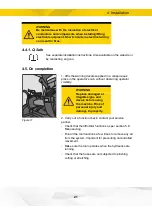
1 Introduction
1. Introduction
1.1. General
This user manual contain important information about your product's functions and
characteristics, and how to use it in the best way. Before you begin using the product, it is
important that you read and understand the content of these instructions, especially the
sections that address safety.
In addition to these instructions, you must study and understand the applicable safety
information for the relevant base machine as well as any other equipment involved.
The user manual is supplied with supplementary documentation providing more detailed
descriptions of the installation, fitting, operation and maintenance of control systems and
custom modifications for your specific product.
Information, images, illustrations and specifications used in the instructions are based
on product information that was available at the time of going to press. Images and
illustrations used in the instructions are typical examples and not intended to be exact
depictions of various part of the product. We reserve the right to make changes without
prior notice.
Always store the user manual together with any other supplementary information in a safe
manner and such that it is always available.
1.2. Scrapping and recycling
engcon makes constant efforts to reduce its environmental impact. engcon's products
comprise at least 99 per cent recyclable material. All assembly and service work must
take place in compliance with legislation and ordinances governing the environment,
health and occupational safety. This refers to all work with residual materials including
handling, storage and processing. To prevent contamination of soil and water, spillages
must be avoided. Should a spillage occur, it must be dealt with.
Hazardous waste may only be disposed of by those authorised to do so. All waste
produced must be disposed of in compliance with applicable legislation and ordinances:
- Metal and plastics to be recycled.
- Hydraulic hoses are normally used for energy recovery (sort as hazardous waste).
- Oils and greases are normally used for energy recovery (sort as hazardous waste).
- Electronic components to be recycled for materials (sort as hazardous waste).
- Packaging to be sorted at source and recycled for materials.
- Paper to be sorted at source and recycled for materials.
If in doubt, contact the environmental manager at engcon.
1.3. Transport and storage
There are no lifting or attachment points on the tiltrotator. The tiltrotator may only be
handled, moved or transported while strapped to a pallet.
6

